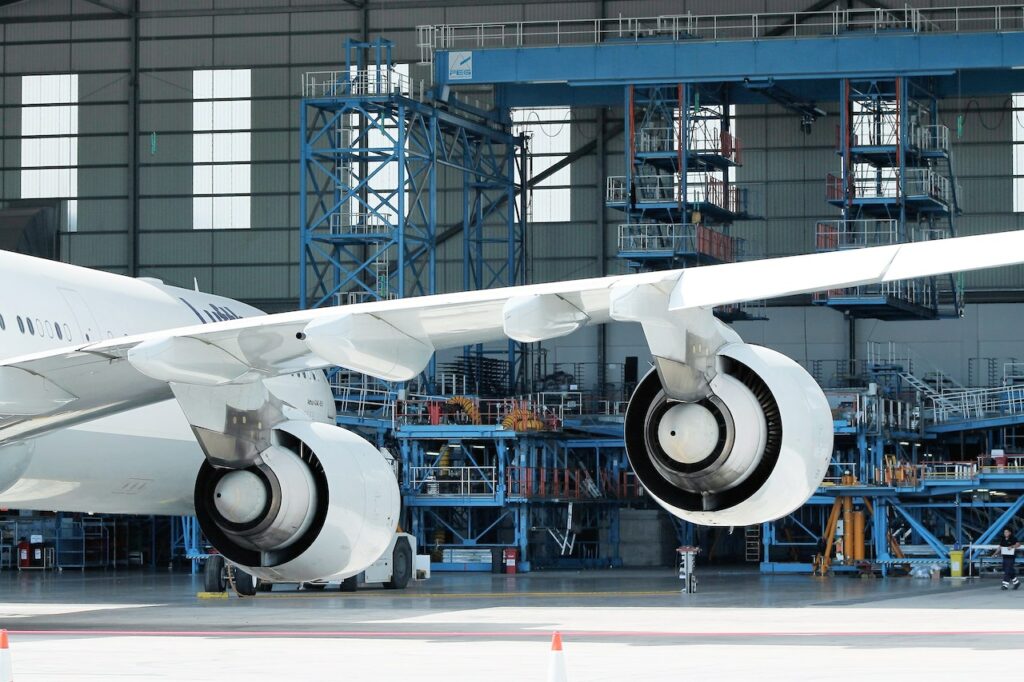The allure of the vastness of the sky and the awe-inspiring innovations of the aviation and aerospace industry are undeniable.
While established airlines and aircraft manufacturers represent familiar avenues for investment, the industry’s future lies in disruptive technologies and cutting-edge advancements.
We delve into the potential and challenges of investing in the aviation and aerospace sector. This overview caters specifically to new investors with a budding interest in the field.
Tailwinds for the Industry
Several factors make the aviation and aerospace industry an enticing prospect for investors:
- Long-term growth potential: Rising global travel demand, especially in emerging economies, signifies a growing market for airlines. Additionally, advancements in fuel-efficient technologies and new aircraft models promise to improve profitability and sustainability, further driving long-term growth.
- Cargo transportation boom: The vital role of cargo transportation in the global supply chain is expected to experience significant growth in the coming years, creating additional investment opportunities.
- Diversification: Investing in this promising sector offers the potential for capital appreciation and participation in its growth story. Some companies even offer dividends, allowing you to share in their profits.

Risks to Consider
However, investing in the aviation and aerospace sector is not without its risks:
- Cyclical nature: The industry’s performance is heavily influenced by economic conditions. Downturns, fuel price hikes, and unforeseen events like pandemics can significantly impact airline profitability and stock prices. The COVID-19 pandemic serves as a stark reminder of this vulnerability.
- High competition: The industry is highly competitive, with numerous players vying for market share. This competition can lead to price wars, margin pressure, and consolidation, all of which can negatively impact stock prices.
- Debt burden: Airlines and aircraft manufacturers often carry high levels of debt, making them vulnerable to rising interest rates and economic downturns.
- Geopolitical uncertainties: Regional conflicts, trade wars, and government regulations can disrupt air travel and impact companies within the sector.

Understanding the Landscape: Airlines vs. Manufacturers
Distinguishing between airlines and aircraft manufacturers is crucial for making informed investment decisions:
- Airlines: Generally carry higher risk due to lower profit margins and greater sensitivity to economic fluctuations. While they may offer higher potential returns in bull markets, they also experience deeper losses during downturns.
- Aircraft manufacturers: Typically seen as relatively stable compared to airlines due to diversified revenue streams, and long-term contracts with airlines. They generally exhibit lower sensitivity to economic fluctuations. However, they may also offer lower potential returns compared to airlines.


Charting Your Investment Course
The decision to invest in aviation and aerospace stocks ultimately depends on your individual risk tolerance, investment goals, and investment horizon.
- High risk tolerance and long-term goals: This sector might be a good fit, but only if you are comfortable with the inherent volatility.
- Low risk tolerance and focus on capital preservation: Consider other sectors that might better align with your risk profile.
Essential Steps Before Takeoff
Before venturing into the aviation and aerospace stock market, take these crucial first steps.
- Conduct thorough research: Understand individual companies, their financial health, future prospects, and broader industry trends.
- Seek professional guidance: Consult a financial advisor who can provide personalized advice based on your specific circumstances and risk tolerance.

Investing in the aviation and aerospace industry can be a rewarding experience, but it’s not without its challenges.
By carefully weighing the potential benefits and risks, conducting thorough research, and seeking professional guidance, you can approach aviation and aerospace investments with a clear understanding.
Remember that knowledge and preparation are keys to navigate the skies of the stock market with more confidence.
Disclaimer
The information provided in this article is for informational purposes only and should not be taken as financial advice.
Investing involves inherent risks, and past performance is not necessarily indicative of future results. Always conduct your own research and due diligence before making any investment decisions.
Consider seeking guidance from a registered broker or financial advisor who can provide personalized advice based on your individual circumstances and risk tolerance.

Click the banner to subscribe to our weekly newsleter.

Click the photo to join our WhatsApp channel so then you can stay up to date with everything going on in the aviation industry!









